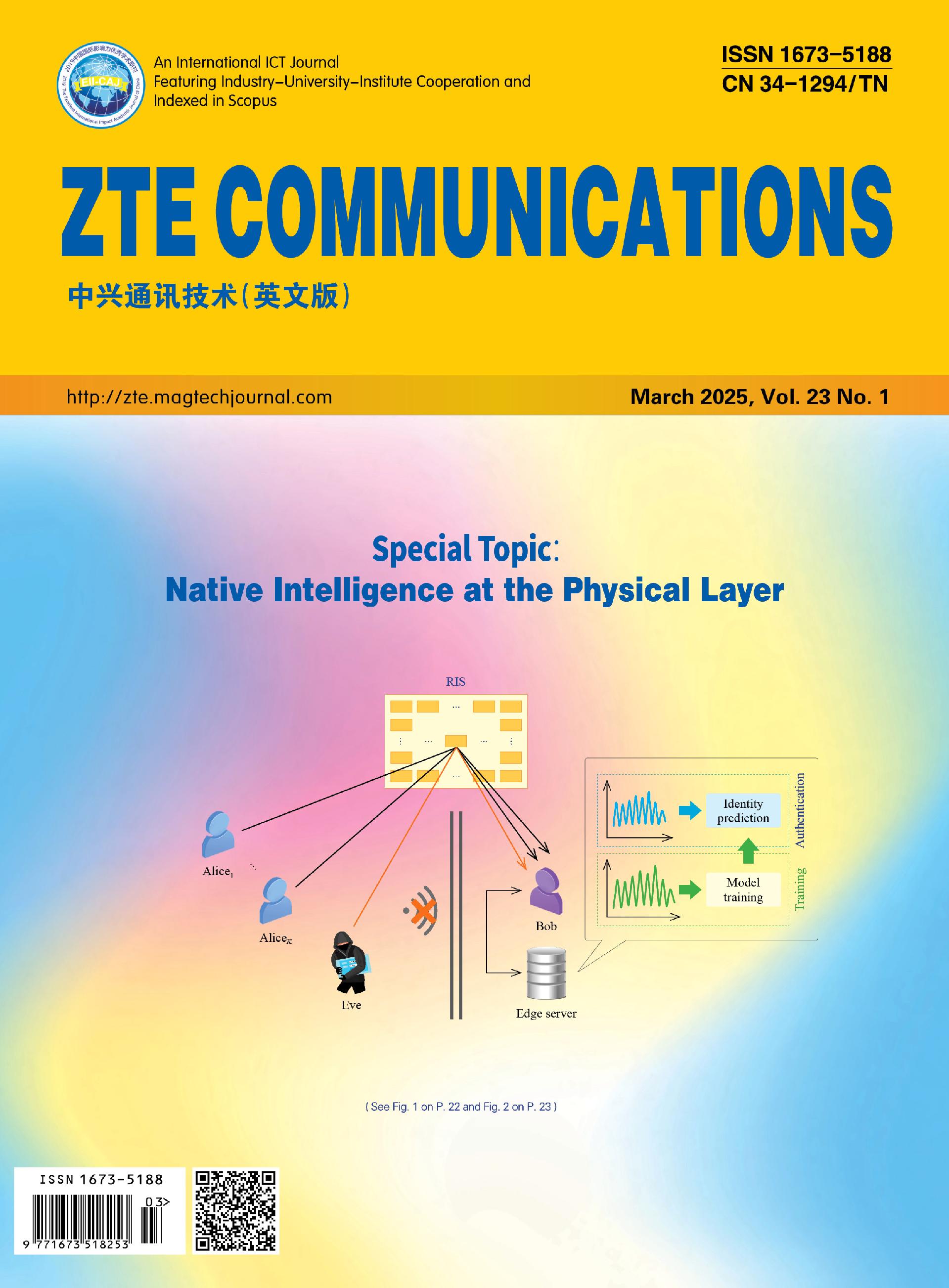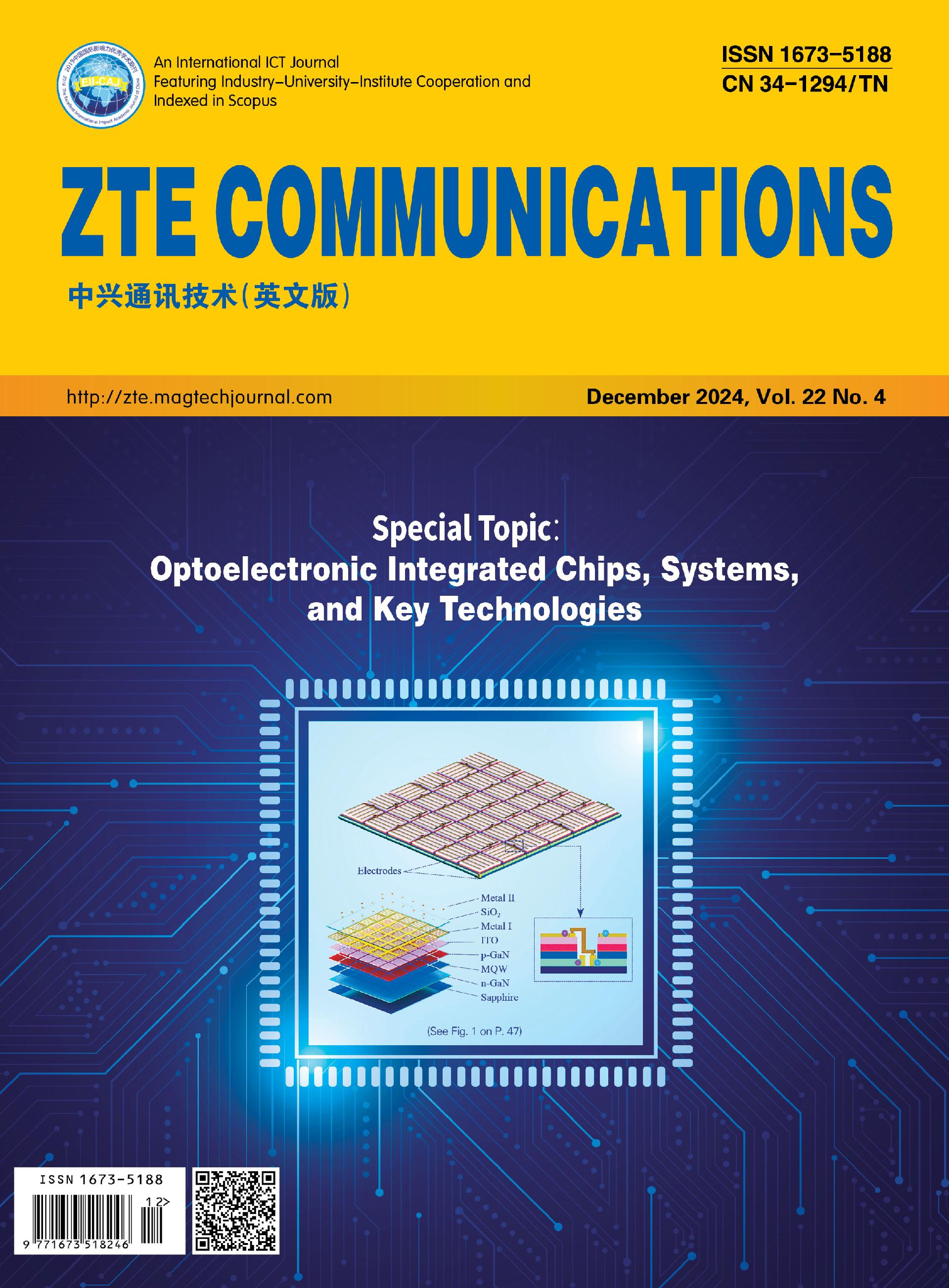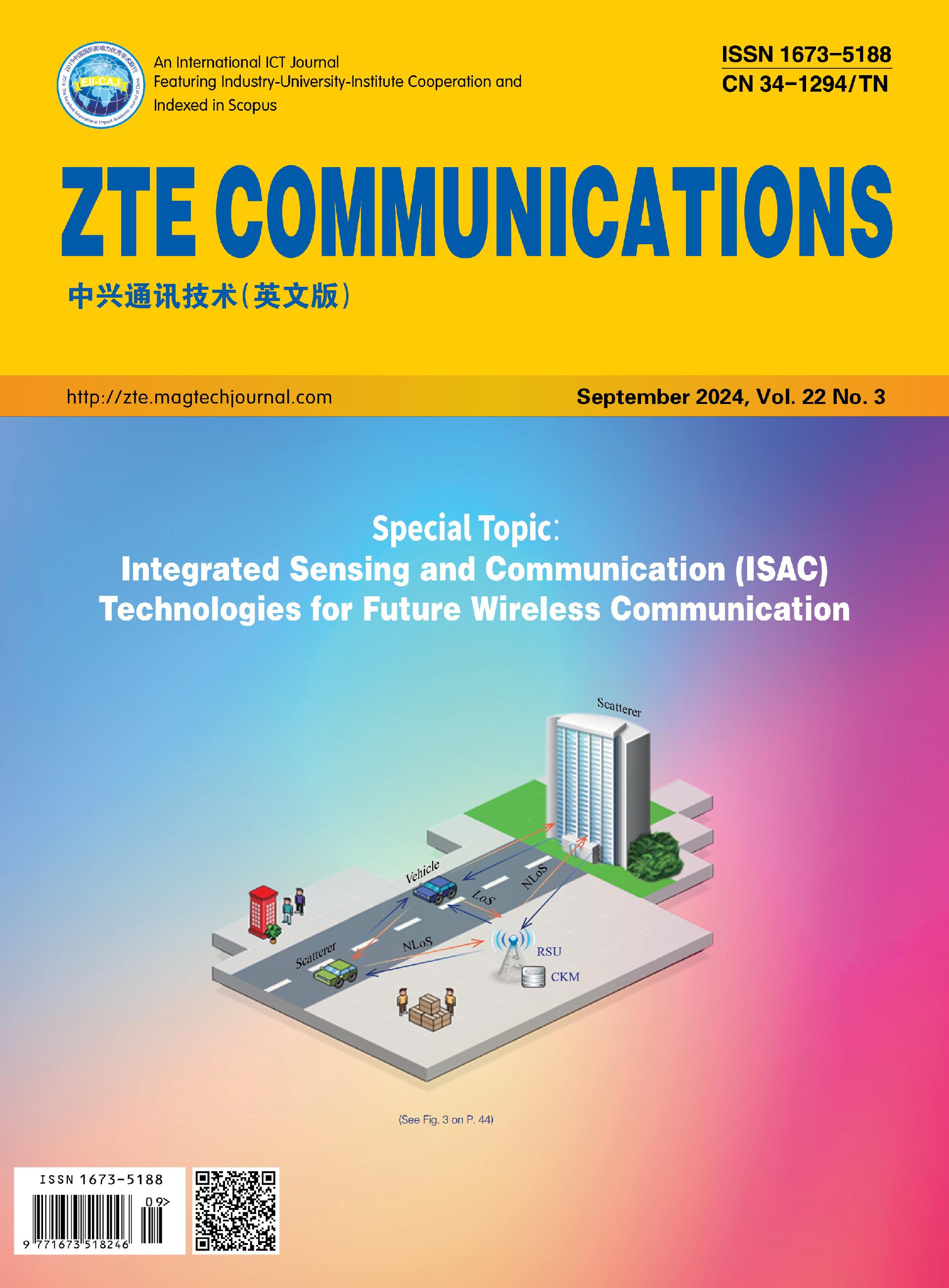Third-party APP Integration Service
When the operators' virtual network steps to O & M and service expansion stage gradually, the operators need to introduce new vendors and new services to enrich their service blueprint. It is necessary to build the integration service capability that can introduce third-party APPs quickly. With many years of NFV technology accumulation and project practice experience, ZTE can understand the customers' requirements deeply for helping the customers build sustainable and fast third-party APP integration capabilities. The service can realize integration of third-party APPs?quickly through requirement investigation, integration HLD/LLD planning & design, VNFD creation, third-party APP package import, integration test, and verification. accelerating service provisioning.
[Product Highlights]
Provide flexible integration framework.
Provide an integration interconnection plan of various third-party APPs such as Heat integration, general G-VNFM integration, dedicated S-VNFM integration, container cloud platform integration, so to satisfy the customers' diversified scenario requirements. It has abundant integration LVM and FCAPS cases, and can provide a flexible integration framework based on ETSI NFV architecture interface enhancement and Openstack/Kubernetes DE facto standard API.
Professional integration design capability
ZTE has professional resource pool integration architecture design capabilities, which can satisfy the requirement of different third-party APPs about telecom service features. Meanwhile, ZTE can provide a unified third-party APP investigation & design template introducing auto design tool which can output HLD/LLD for the integration to quickly decrease communication cost and promoting design efficiency.
Provide diversified integration
ZTE follows the cooperation idea of integration and open, and can provide various pre-integration verification plans for the customers. It's OK to establish a pre-integration environment in both of ZTE Openlab and the customer provided POC lab. ZTE guides or cooperates with the third-party APPs to complete pre-integration verification, so as to guarantee fast and stable provisioning of solutions and to decrease system commercialization risks.

Special Topic on Digital Twin Online Channel Modeling for 6G and Beyond

Special Topic on Native Intelligence at the Physical Layer

Special Topic on Optoelectronic Integrated Chips, Systems, and Key Technologies

